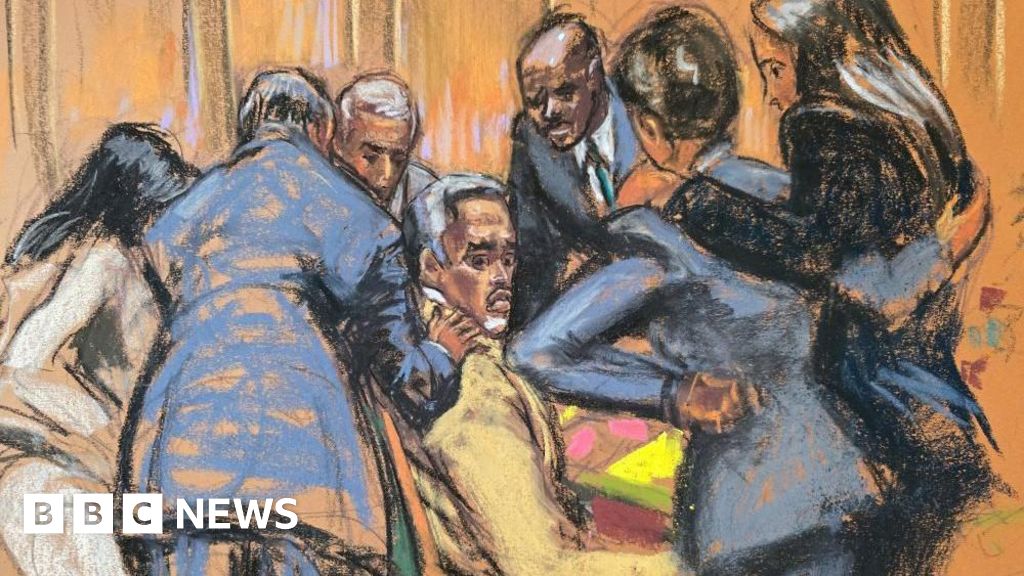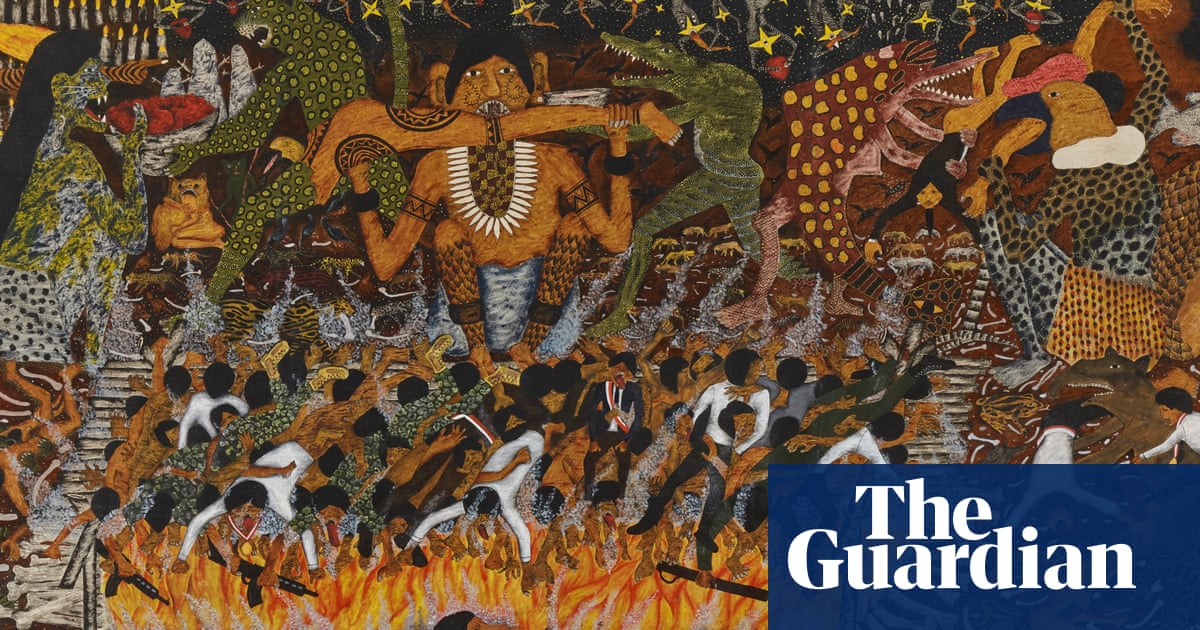Samuel Irving “Si” Newhouse Jr became chair of Condé Nast, the magazine group owned by his father’s media company, Advance Publications, in 1975. Under his stewardship, Condé’s roster of glossy publications – titles such as Vogue, GQ and Glamour – broadened to include Architectural Digest, a revived Vanity Fair and the New Yorker. Newhouse spent big in pursuit of clout, and his company’s extravagant approach to expenses became the stuff of legend. Condé positioned itself as a gatekeeper of high-end living but, as Michael Grynbaum explains in Empire of the Elite, its success in the 80s and 90s was down to its willingness to embrace “low” culture.
Condé brought pop stars, television personalities and tabloid intrigue into the highbrow fold, reconstituting cultural capital to fit the sensibilities of an emerging yuppie class with little interest in ballet or opera. Several moments stand out, in retrospect: GQ’s 1984 profile of Donald Trump, which paved the way for The Art of the Deal; Madonna’s 1989 debut on the cover of Vogue; and the New Yorker’s coverage of the OJ Simpson trial in 1994. Tina Brown, appointed editor of the New Yorker in 1992 after a decade at Vanity Fair, said she wanted “to make the sexy serious and the serious sexy”. Purists bemoaned what they saw as a slide into vulgar sensationalism, but Grynbaum maintains Brown “wasn’t so much dumbing down the New Yorker as expanding the universe to which it applied its smarts”.
That expansiveness was key to Condé’s mission, and it succeeded so comprehensively that today we take it for granted. Anna Wintour’s Vogue would “elevate the idea of street-style fashion, and presage the industry of stylists and celebrity brand ambassadors that have come to dominate lifestyle media”, and GQ’s preppy, “proto-Patrick Bateman materialism” popularised “the metrosexuality, dandyism and male self-care that have since saturated the culture”.
The glory started to fade in the 21st century. The company’s acquisitive ethos looked out of touch after the 2008 crash (“Condé’s metier was privilege, and privilege had become a dirty word”), and its underwhelming record on race came under scrutiny with the advent of Black Lives Matter. Social media democratised the means of cultural curation, undercutting the authority of established taste-makers. The book ends on a wistful note as Grynbaum contemplates the decline of print media, and the end of an era of plenty.
A similar sentiment is expressed in the poignant title of a recent memoir by Vanity Fair editor Graydon Carter, When the Going Was Good. Like Brown’s The Vanity Fair Diaries (2017) before it, Carter’s memoir offers a vivid, first-hand glimpse of the Condé social whirl. Both books have been praised for their anecdotal brio, and criticised for their namedropping smugness. It’s a trade-off. Conversely, Empire of the Elite is a sober affair – an unflustered, chronological account of half a century’s comings-and-goings – but has the merit of relative objectivity. The author, a correspondent by trade, keeps his focus on events and his opinions largely to himself; he neither grates nor delights.
Gossip junkies and vicarious bon vivants will have more fun with Carter, but Empire of the Elite is a lucid introduction to this rarefied milieu and the people who inhabited it. It sounds like an exhausting world to navigate, “a land of unspoken codes … The proper knotting of an ascot; the angle of a tie bar; how you dressed, how you spoke, where you went, who you knew – these considerations mattered deeply.” Grynbaum quotes one journalist who believes she missed out on an editorship because, during the interview lunch, she gauchely ate asparagus with cutlery rather than by hand.
Tellingly, several of the key players in the Condé story were outsiders: Newhouse, who was Jewish, felt excluded from the Waspy top echelons of US society; Alex Liberman, the veteran editorial director who took Newhouse under his wing and schooled him in urbanity, had been a refugee from Soviet Russia; Carter was a pilot’s son from Toronto. These arrivistes understood status anxiety, and astutely monetised it, offering readers an empowering sense of in-group membership for the modest price of a magazine subscription. And, because the United States is a nation built on clambering ambition, it worked.

 8 hours ago
2
8 hours ago
2










 English (US)
English (US)